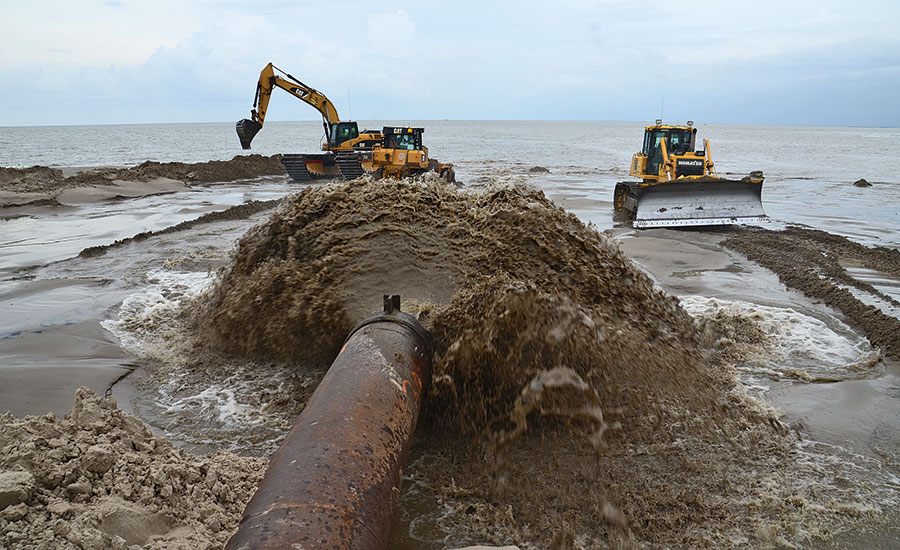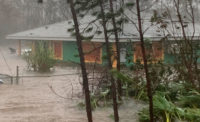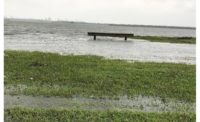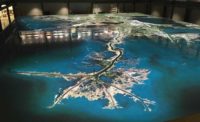In Louisiana, a new administration has put a temporary hold on the state’s annual coastal restoration plan as it reviews the most ambitious tasks to date: two projects to divert Mississippi River sediment to restore the state’s disappearing wetlands.
Johnny Bradberry, appointed coastal adviser by Gov. John Bel Edwards (D) last month, said he wants to review the impacts on fisheries and oyster beds before approving the state’s $687-million coastal restoration plan for the upcoming fiscal year.
“He just wants a set of fresh eyeballs on the impacts to the ecosystem,” said Chuck Perrodin, spokesman for the Coastal Protection and Restoration Authority, the group that oversees the coastal projects in Louisiana.
The sediment diversions are considered to be vital to restoring Louisiana’s coast and aim to mimic the building of wetlands that occurred before levees were built around the Mississippi River.
The plan for the upcoming fiscal year calls for engineering and design work to begin on the two diversion projects, the $1.1-billion Mid-Barataria diversion and the $500-million Mid-Breton diversion.
Bradberry is expected to approve the diversion projects. Edwards indicated his support for projects during his campaign. Engineering and planning for the projects is expected to take about three years.
In all, the state’s 2017 fiscal plan calls for spending about $123 million on planning, engineering and design, $412 million on construction, and another $152 million on operation, maintenance and ongoing programs. There are 43 projects that will begin or continue construction in fiscal 2017, including 18 protection projects and 25 restoration projects. An additional 25 projects will be in design in the coming year.
Money related to the BP oil spill is financing some of the largest projects, including $100 million for the continued rebuilding of Shell Island and $107 million for the Calliou Lake Headland project.
The upcoming year’s projects follow the $883 million that is being spent this fiscal year, through June. Contracts for this fiscal year are still being awarded. About 20 projects will be let for bid in the coming six months, while about 20 are now under construction, according to the authority.
CPRA uses a traditional design-bid-build delivery method for its projects; but, for future projects, it is considering alternative delivery methods, including construction management-at-risk and design-build, said Jerry Carroll, chief of engineering at CPRA.
The annual budget, funded from more than a dozen state and federal sources, is just a fraction of the estimated $50 billion needed to implement the state’s plan to stop wetland loss and rebuild some of the 2,000 sq miles of wetlands that have been lost since the 1930s.
The state still expects about $5 billion from settlement proceedings from the BP oil spill. The money is the “silver lining” of the oil spill, said Denise Reed, chief scientist at The Water Institute of the Gulf, which provides data and modeling for many of the coastal projects.






Post a comment to this article
Report Abusive Comment